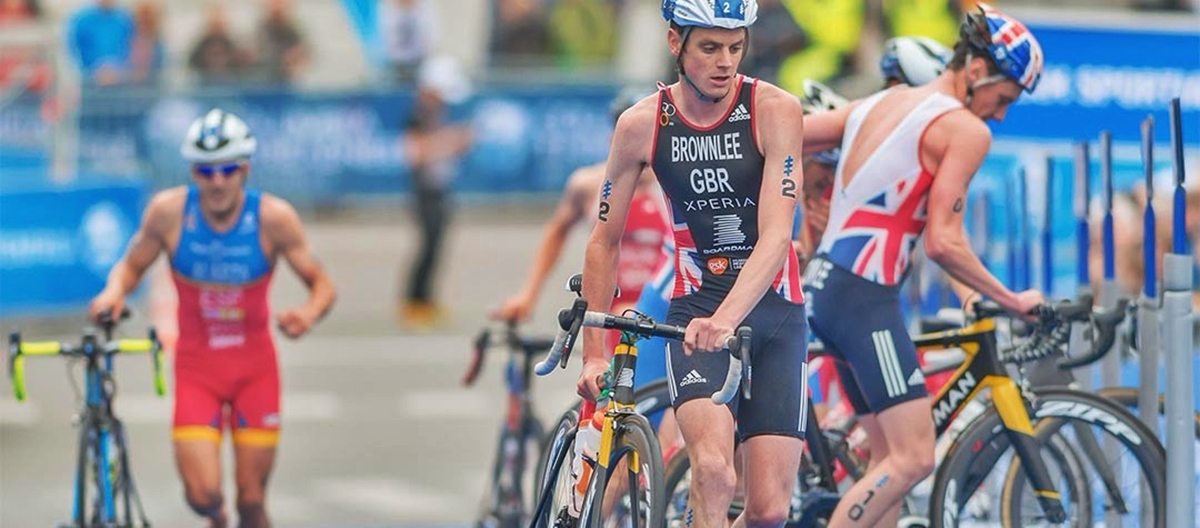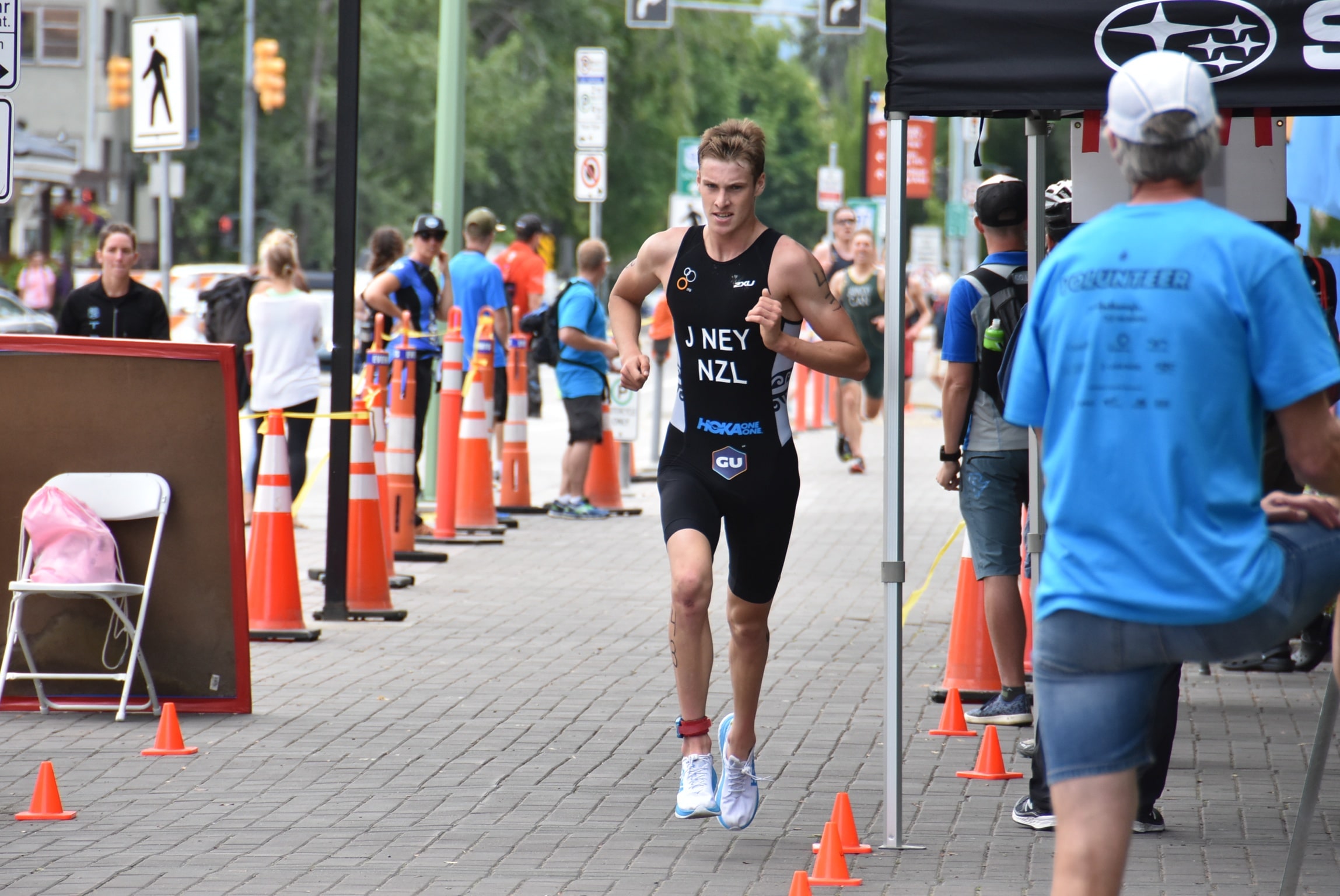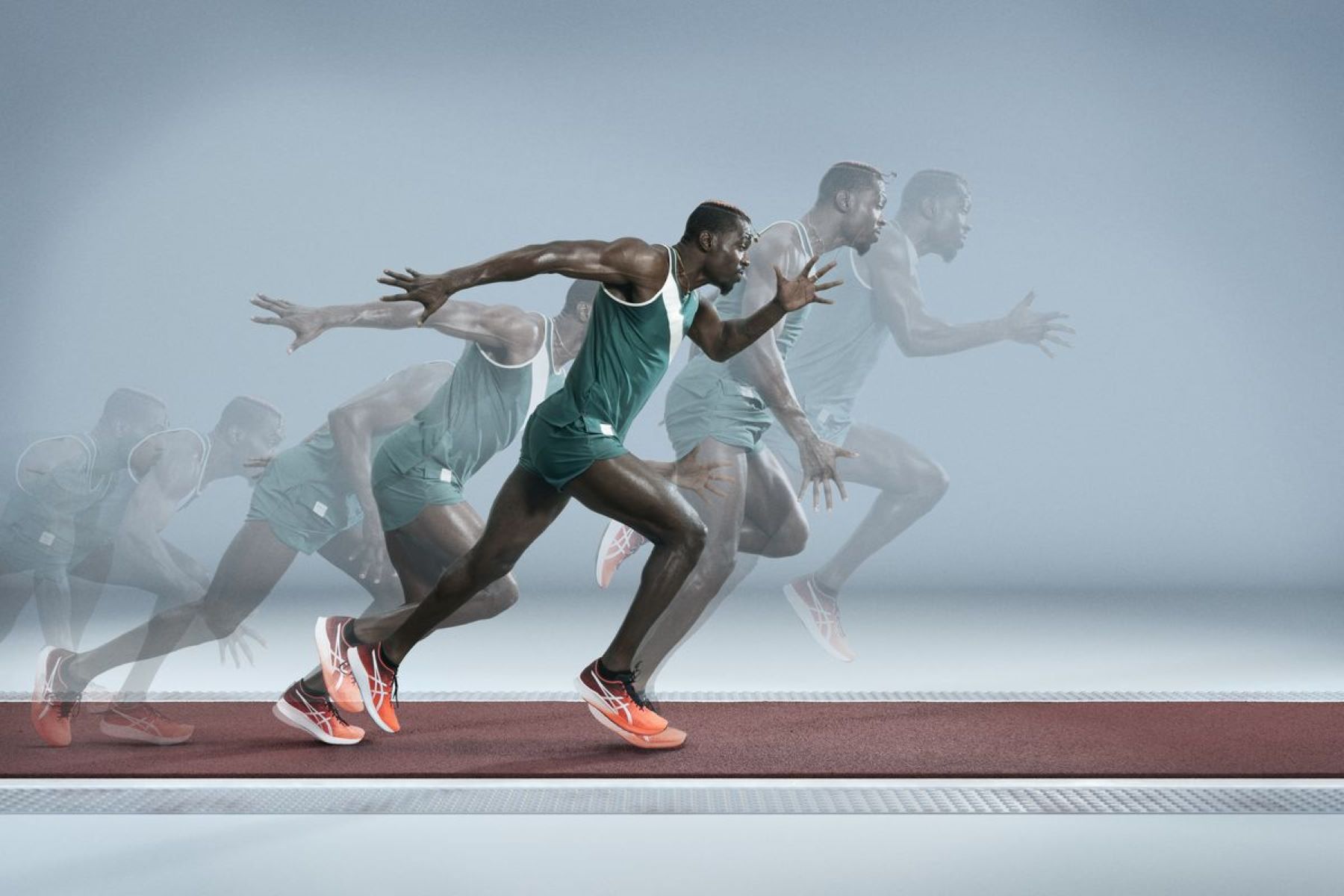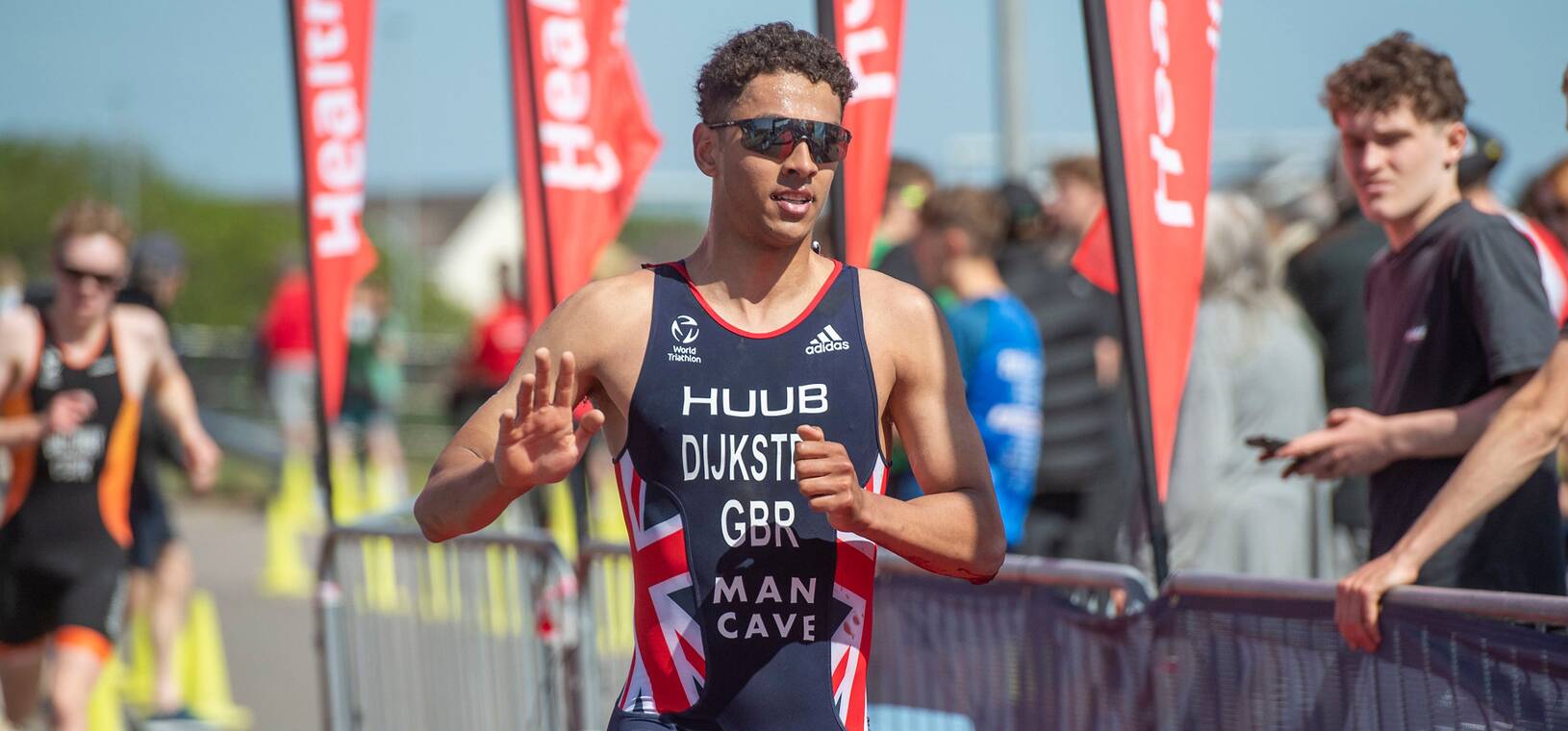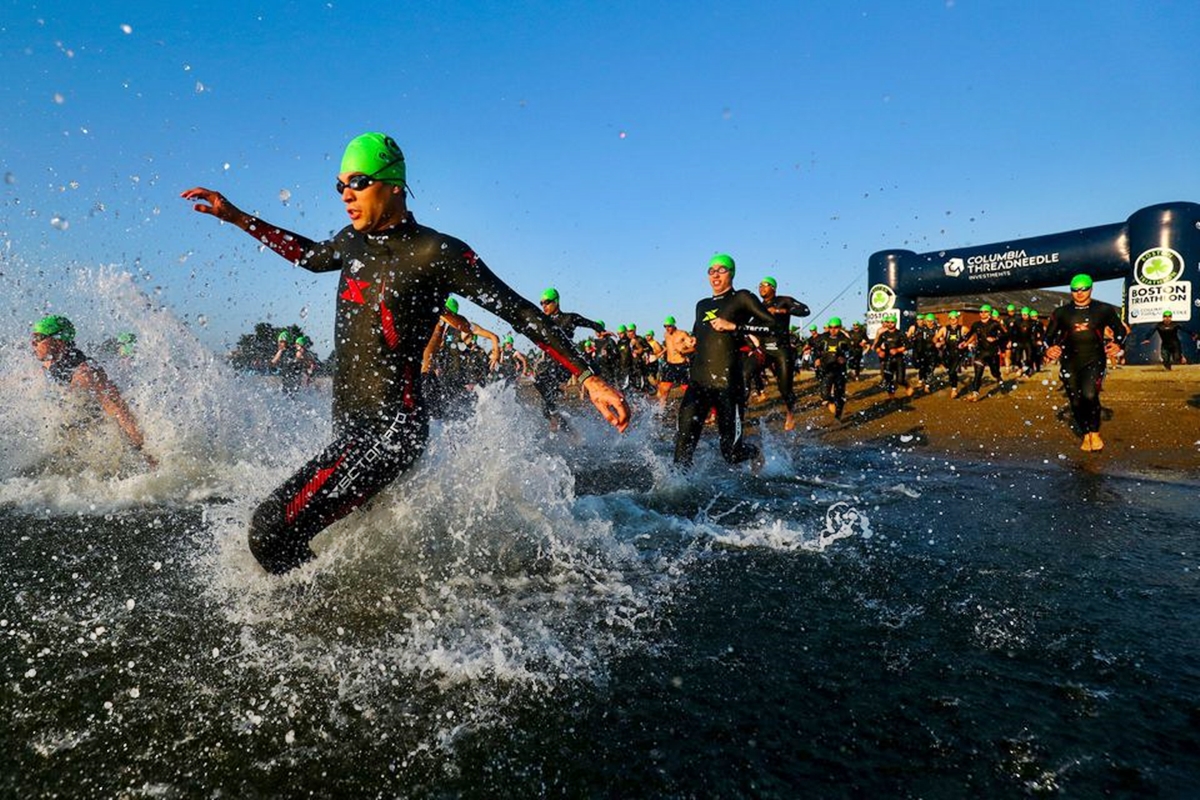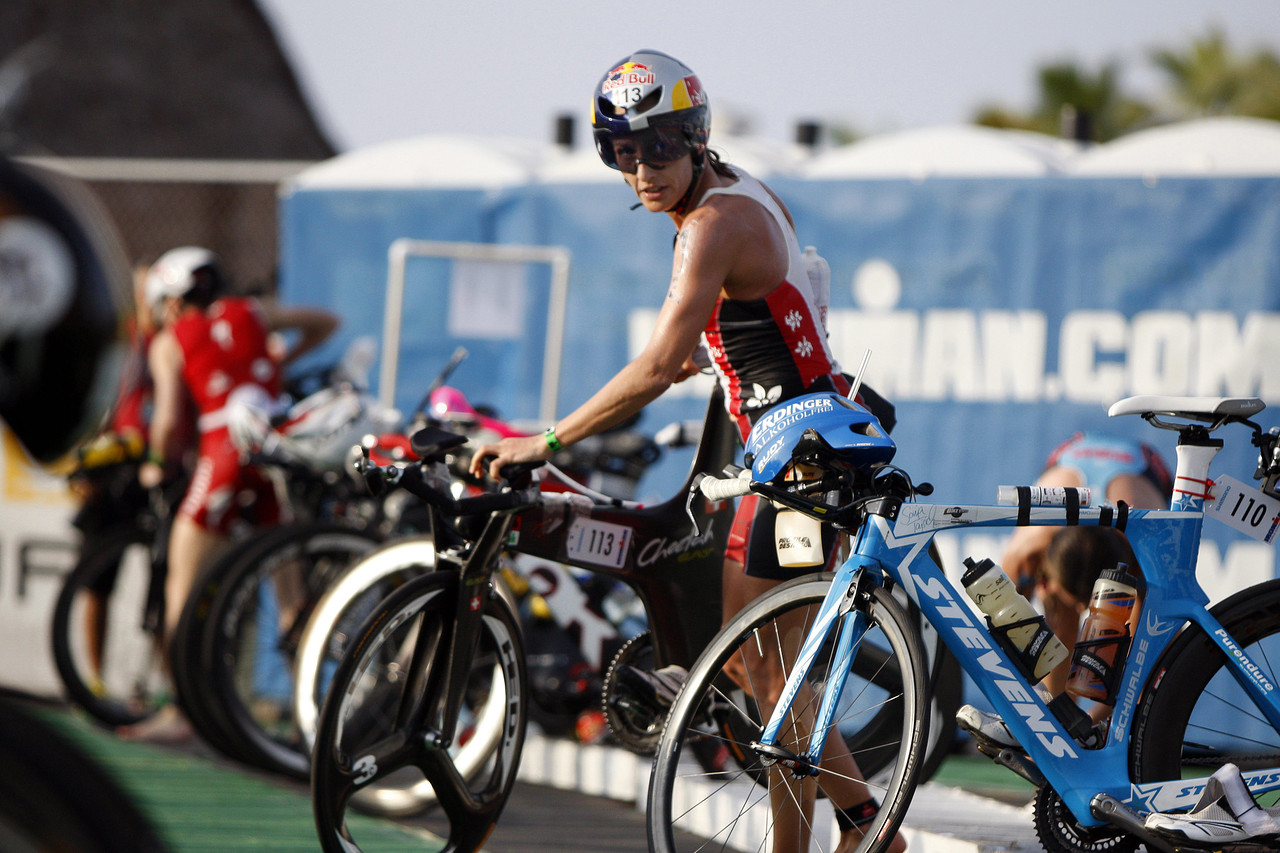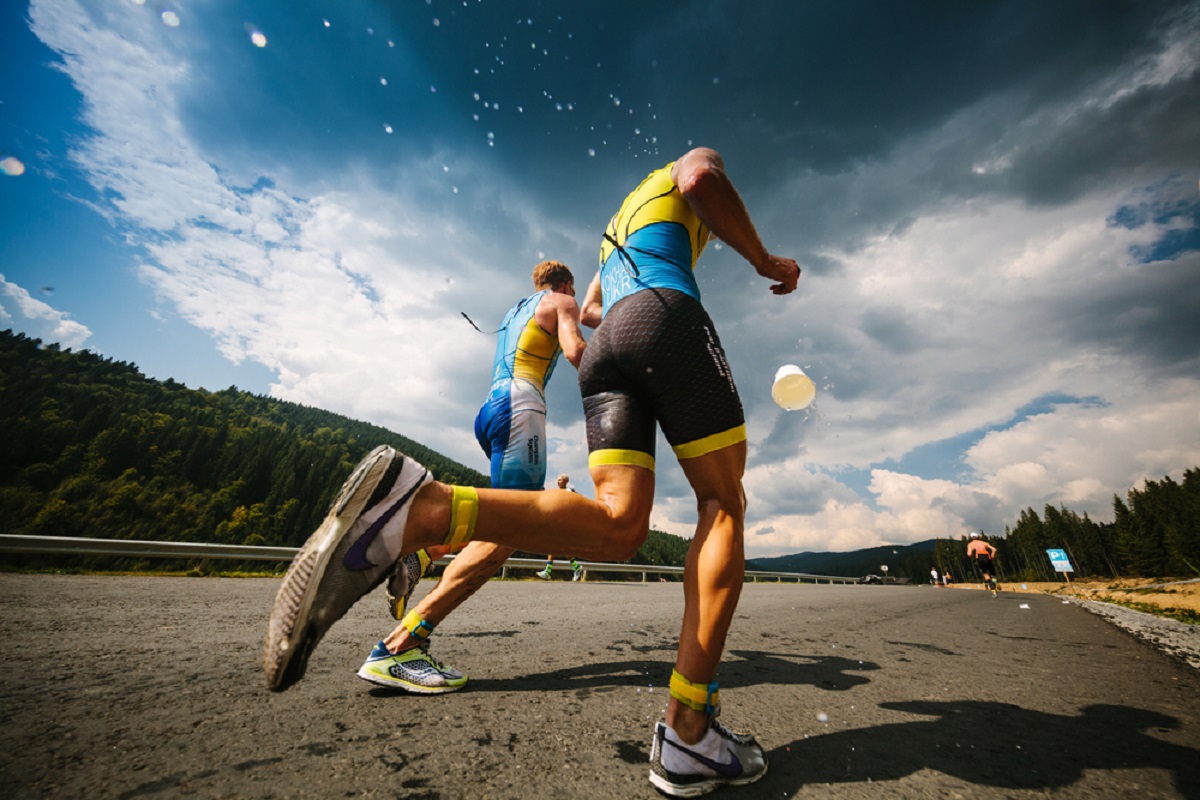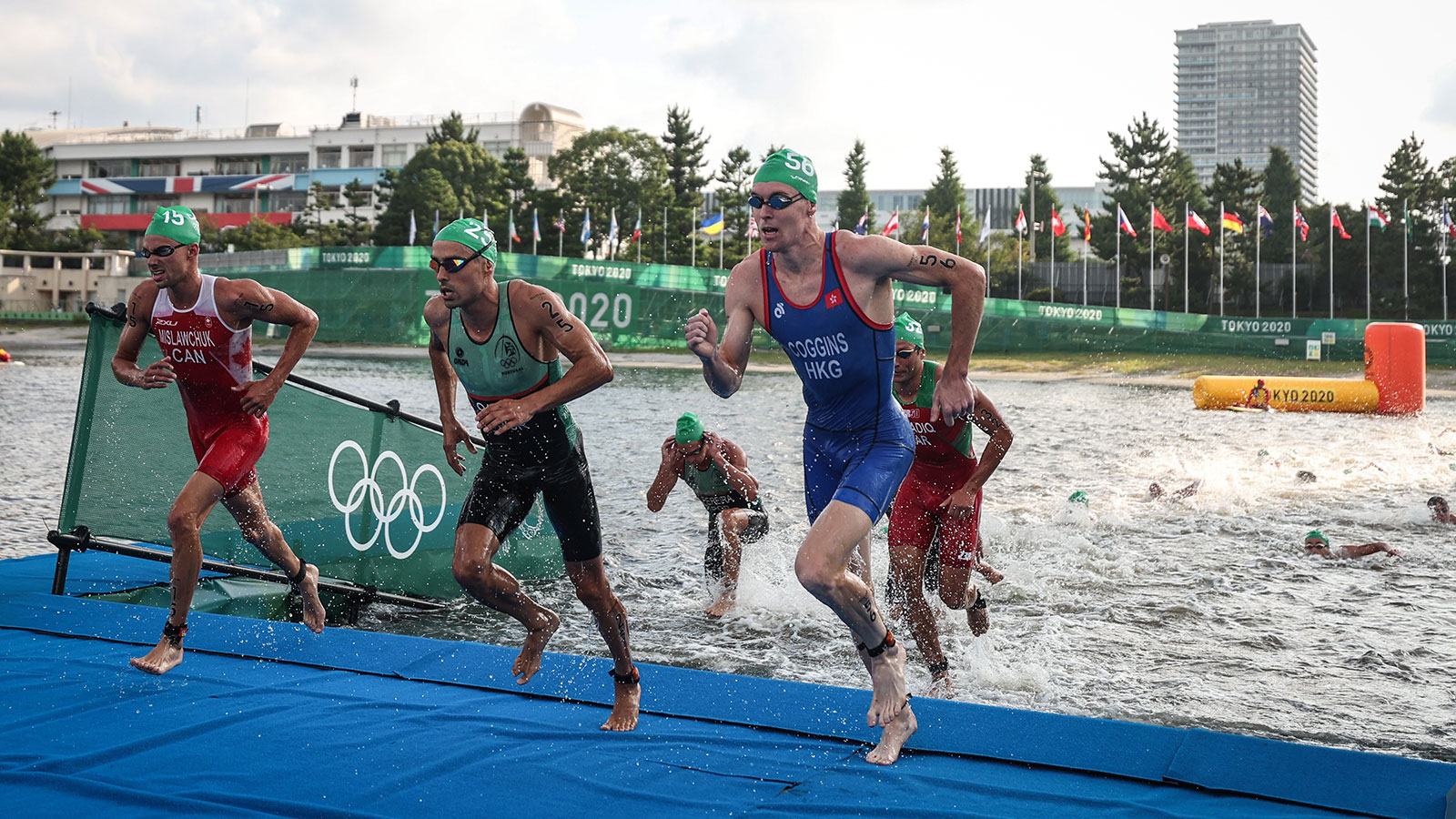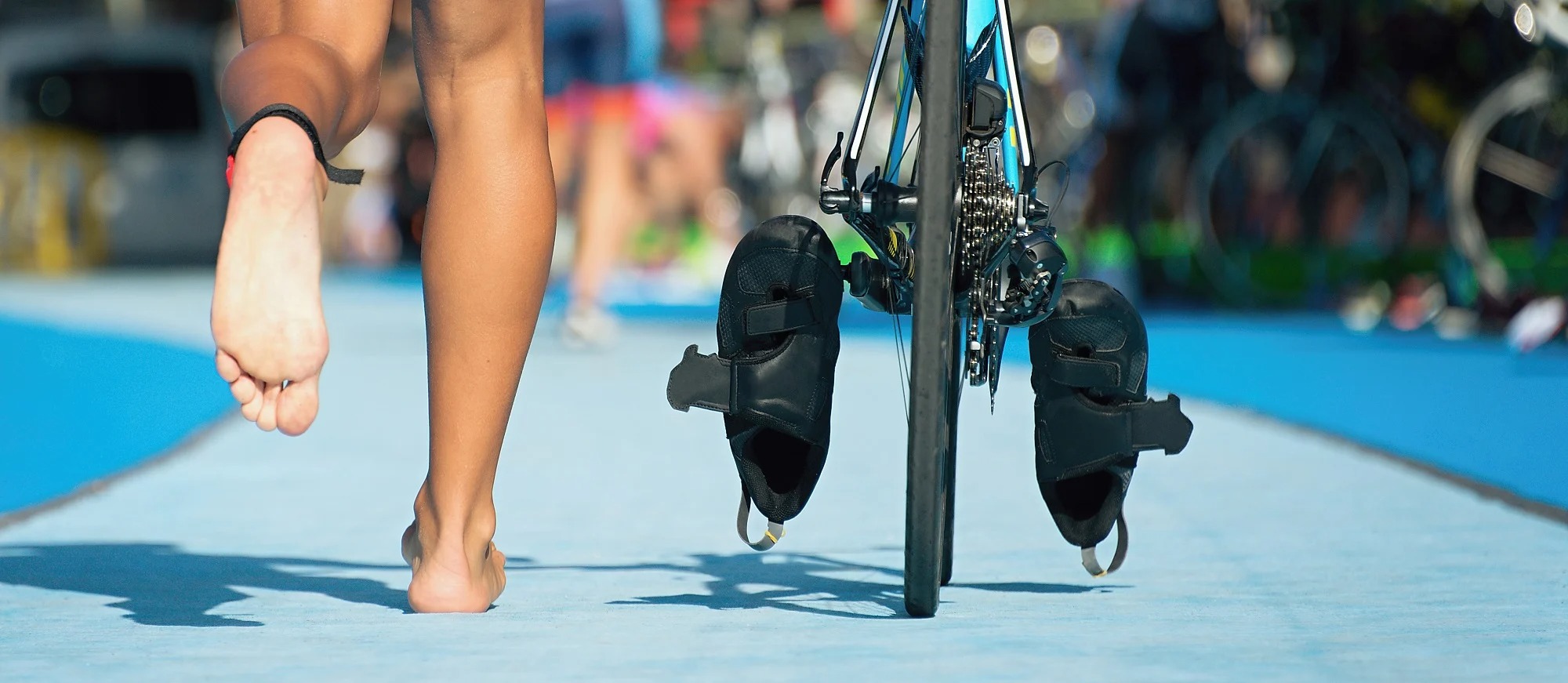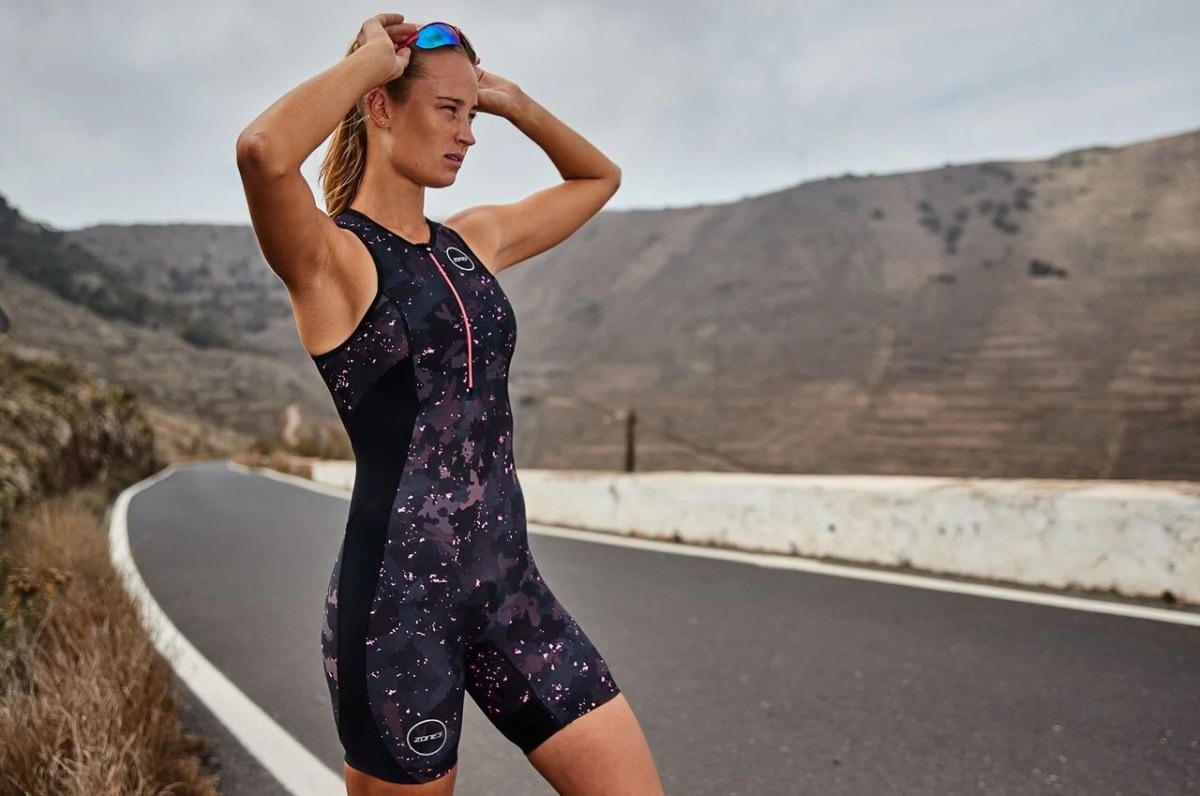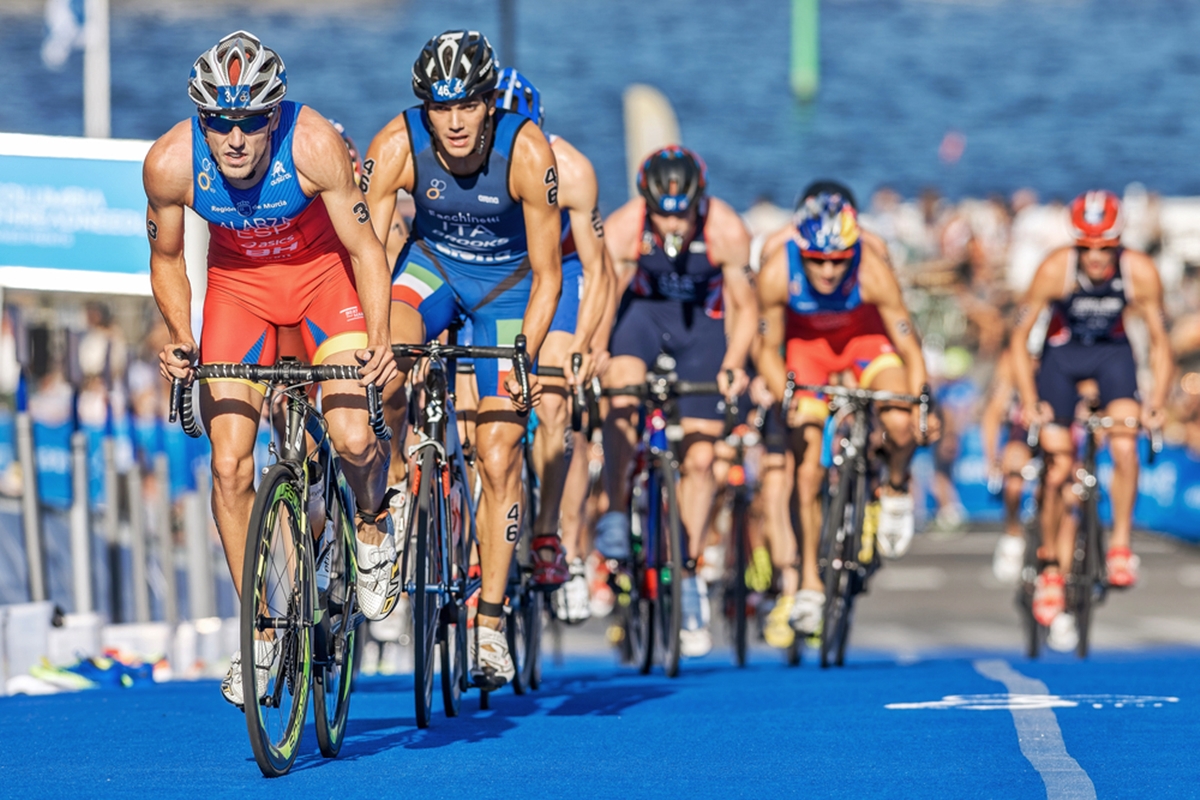

Featured
What To Wear On My First Triathlon
Modified: January 2, 2024
Looking for featured triathlon outfits for your first race? Discover what to wear on your first triathlon and make a stylish statement with our recommended gear.
Introduction
Welcome to the exciting world of triathlons! Whether you’re a seasoned athlete or a newcomer to the sport, one of the key considerations for a successful race is choosing the right clothing. Triathlon clothing is specifically designed to enhance your performance and provide comfort during all three disciplines of swimming, cycling, and running. In this article, we will explore the importance of proper triathlon clothing and provide you with some valuable tips and recommendations to help you make the best choices for your first triathlon.
Triathlon is a unique multisport event that requires athletes to complete consecutive swim, bike, and run segments. The transition between these disciplines demands clothing that can adapt to the different challenges presented in each stage. The right gear can not only improve your performance but also enhance your overall experience during the race.
When it comes to triathlon clothing, functionality and comfort are of utmost importance. The apparel you choose should provide a balance between minimizing drag in the water, optimizing aerodynamics on the bike, and offering freedom of movement while running. It should also be quick-drying and moisture-wicking to keep you cool and dry throughout the race.
Additionally, triathlon clothing is designed to streamline transitions between each segment. This means that the garments should be easy to put on and take off, allowing you to seamlessly switch from one activity to the next.
In the following sections, we will delve into the specifics of choosing the right swimwear, selecting a cycling kit, picking the ideal running apparel, and identifying the essential gear and accessories that will ensure you feel confident and comfortable on race day.
Importance of Proper Triathlon Clothing
Proper clothing is essential for any sport, and triathlon is no exception. The right triathlon clothing can greatly impact your performance as well as your overall comfort during the race. Here are some key reasons why choosing the right triathlon clothing is crucial:
- Performance Enhancement: Triathlon clothing is designed to maximize your performance in each discipline. The materials used are lightweight, breathable, and minimize drag in the water. The aerodynamic design of cycling kits helps reduce wind resistance, while running apparel provides freedom of movement and support. When you are not hindered by uncomfortable or ill-fitting clothes, you can focus on pushing yourself to the limit.
- Comfort: Endurance races like triathlons can take hours to complete, so it’s important to be as comfortable as possible. Triathlon clothing is specifically designed to wick away moisture, keeping you dry and preventing chafing. Additionally, it offers a snug fit without being restrictive, allowing for a full range of motion. Comfortable clothing can greatly enhance your race experience and help you maintain your focus throughout.
- Streamlined Transitions: One of the unique aspects of triathlons is the transition between swimming, cycling, and running. Triathlon clothing is designed to facilitate quick and easy changes. For example, triathlon suits usually have a front zipper, allowing you to easily take off your wetsuit and transition to your cycling kit. Having the right clothing can save you valuable seconds in the transition area.
- Protection: Triathlon clothing also provides protection from the elements. Many triathlon tops and suits have built-in sun protection, shielding you from harmful UV rays. Cycling jerseys often have pockets to carry essentials like energy gels or a small water bottle. Proper gear can help keep you safe and comfortable throughout the race.
Overall, wearing proper triathlon clothing can significantly impact your performance, comfort, and overall race experience. Investing in quality attire designed specifically for triathlons is a worthwhile decision that can make a difference in your performance and enjoyment of the sport.
Choosing the Right Swimwear
Swimming is typically the first discipline in a triathlon, so it’s crucial to choose the right swimwear that ensures optimal performance and comfort. Here are some factors to consider when selecting swimwear for your triathlon:
- Swim-Specific Design: Look for swimwear specifically designed for triathlons. These suits are made from hydrophobic materials that reduce drag in the water, allowing you to swim more efficiently. They are also quick-drying, ensuring you’re not weighed down by excess moisture throughout the race.
- Fit and Comfort: It’s important to choose a swimwear style that fits you well and feels comfortable. The suit should provide a snug, yet not constricting, fit. This ensures freedom of movement and reduces the risk of chafing. Opt for suits with minimal seams to further enhance comfort.
- Front Zipper: Look for swimwear with a front zipper. This makes it easier to remove the suit during the transition to the cycling segment. It saves you precious time and allows for a smooth transition from swim to bike.
- Triathlon Wetsuits: In colder water temperatures, you may opt for a triathlon wetsuit. These wetsuits provide insulation, buoyancy, and hydrodynamics, enhancing your swimming efficiency. Ensure the wetsuit fits snugly but allows for comfortable movement.
- Training vs. Racing: Consider whether you’ll be using the swimwear primarily for training or racing. For training, comfort and durability may be more important, while for races, focus on aerodynamics and performance-enhancing features.
Remember, it’s essential to try on swimwear before purchasing to ensure the right fit and comfort. Experiment with various styles and brands to find the one that suits you best. Additionally, don’t forget to practice swimming in your chosen swimwear during your training sessions to ensure it performs well in the water.
Selecting a Cycling Kit
When it comes to the cycling portion of a triathlon, having the right kit can make a significant difference in your performance and overall comfort. Here are some key considerations when selecting a cycling kit for your triathlon:
- Cycling Shorts: Opt for cycling shorts that provide padding and support. Look for a chamois that offers comfort during the bike ride without being too bulky. The shorts should also have a snug fit to minimize friction and prevent chafing.
- Cycling Jersey: Choose a cycling jersey that offers breathability and moisture-wicking properties to keep you cool and dry during the race. Look for a lightweight and aerodynamic design that reduces wind resistance. Additionally, consider a jersey with back pockets to store nutrition or small essentials.
- Cycling Shoes: Invest in a pair of cycling-specific shoes that provide a stiff sole for efficient power transfer. Look for a comfortable fit and a secure closure system such as Velcro straps or boa dials. It’s also essential to practice putting on and taking off your shoes quickly during transitions.
- Cycling Socks: Choose breathable and moisture-wicking socks that will keep your feet dry and comfortable throughout the bike leg. Avoid socks with thick seams that can cause irritation or blisters.
- Additional Gear: Consider other cycling accessories that may enhance your performance, such as aero helmets for improved aerodynamics, sunglasses for eye protection, and gloves for better grip and comfort.
Remember, comfort is key during the cycling segment of a triathlon. Make sure your kit fits well and allows for a full range of motion. Avoid loose-fitting clothing that may flap in the wind and cause drag. Practice cycling in your kit during training sessions to ensure it performs well and doesn’t cause any discomfort or rubbing.
Lastly, familiarize yourself with the specific rules of the triathlon you’ll be participating in. Some races may have regulations regarding the length or type of cycling kit allowed. Ensure your chosen attire complies with these rules for a smooth and hassle-free race experience.
Picking the Ideal Running Apparel
Running is the final discipline in a triathlon, and choosing the right apparel can greatly impact your comfort and performance during this stage. Here are some factors to consider when picking the ideal running attire:
- Moisture-Wicking Material: Look for running apparel made from moisture-wicking fabrics that help keep you dry and comfortable by wicking away sweat from your body. This is especially important during longer races where moisture buildup can cause chafing and discomfort.
- Lightweight and Breathable: Opt for lightweight running apparel that allows for maximum breathability. This will help regulate your body temperature and prevent overheating during the run segment.
- Freedom of Movement: Running requires a full range of motion, so choose apparel that allows unrestricted movement. Look for clothing with stretchy materials and articulated seams that won’t restrict your stride.
- Supportive and Comfortable Shoes: Invest in a good pair of running shoes that provide adequate support and cushioning for your feet. Ensure that the shoes fit well and are broken in before race day to avoid discomfort or blisters.
- Built-in Support: Consider choosing running shorts or tights with built-in compression or support to ensure added comfort and stability during the run. This can provide extra muscle support and reduce fatigue.
- Visibility: If you’ll be running in low-light conditions or at night, opt for running apparel with reflective elements to enhance your visibility to others, such as drivers or other competitors.
It’s important to remember that every individual is unique, so what works for others may not work for you. Take the time to try on different running apparel options and test them during your training runs. This will help you identify the gear that feels most comfortable and suits your running style.
Additionally, make sure to properly care for your running apparel. Follow the manufacturer’s instructions for washing and drying to maintain the quality and longevity of the garments. Replace worn-out or damaged gear as needed to ensure optimal performance in your triathlon races.
Essential Gear and Accessories
In addition to selecting the right clothing, there are several essential gear items and accessories that can greatly improve your overall triathlon experience. These items will not only enhance your performance but also ensure your safety and convenience during the race. Here are some key gear and accessories to consider:
- Triathlon Watch: A triathlon watch is a valuable tool for tracking your time, distance, and pace throughout the race. Look for a watch with GPS capabilities, multisport mode, and a comfortable fit for easy monitoring of your progress.
- Swim Cap and Goggles: A comfortable and secure-fitting swim cap is essential to keep your hair out of your face and reduce drag in the water. Invest in a high-quality pair of goggles that provide a clear view and a watertight seal while swimming.
- Transition Mat or Towel: Setting up a designated space in the transition area can help you stay organized. Use a transition mat or towel to lay out your gear and ensure easy access during transitions.
- Hydration System: Staying properly hydrated during a triathlon is crucial. Consider using a hydration belt, handheld bottle, or a hydration backpack to ensure easy access to fluids throughout the race.
- Nutrition: Carry energy gels, bars, or any other preferred nutrition to fuel your body during the race. Practice your nutrition strategy during training to ensure it works well for you.
- Sunscreen: Protect your skin from harmful UV rays by applying a broad-spectrum sunscreen before the race. Look for a water-resistant formula and remember to reapply as needed during the day.
- First Aid Kit: It’s always a good idea to have a basic first aid kit with you during the race. Include items such as adhesive bandages, blister pads, and antiseptic wipes for any minor injuries or discomfort that may arise.
- Identification: Carry a form of identification with emergency contact information in case of any unforeseen circumstances during the race.
Remember, it’s essential to practice using the gear and accessories during your training sessions. This will help you become familiar with their functionality and ensure they are comfortable and suitable for your needs. Prepare and organize your gear well in advance of the race to minimize any last-minute stress or complications.
Tips for Dressing Appropriately on Race Day
On race day, dressing appropriately can make a significant difference in your comfort and performance. Here are some important tips to keep in mind when getting dressed for your triathlon:
- Check the Weather: Stay updated on the weather conditions leading up to the race and on the day itself. Dress accordingly to ensure you are prepared for any climate changes.
- Layering: If the weather is expected to be cool in the morning but warmer later on, consider wearing layers that can be easily removed or added during the race. This allows for temperature regulation and comfort.
- Practice Transitions: Get familiar with the process of changing clothing quickly during transitions in your training sessions. This will help you streamline the process on race day and avoid any unnecessary delays.
- Prevent Chafing: Apply anti-chafing cream or petroleum jelly to areas prone to friction, such as underarms, thighs, and neckline. This helps reduce discomfort and the risk of developing chafing during the race.
- Wear Clothing that Reflects Your Ability: Choose clothing that reflects your skill level and fitness. While it’s tempting to dress like the pros, it’s important to prioritize comfort and performance over appearance.
- Keep it Simple: Avoid wearing excessive or unnecessary accessories that may hinder your movement or become a distraction during the race. Stick to the essentials and opt for lightweight and functional gear.
- Size Matters: Ensure that your clothing and gear are the correct size. Ill-fitting attire can cause discomfort, chafing, or restrict movement, negatively impacting your performance. Take the time to try on and properly adjust each item.
- Don’t Try Anything New: Race day is not the time to experiment with new gear or clothing. Stick to what you’re familiar with and have tested during your training sessions. This minimizes the risk of discomfort or unexpected issues arising during the race.
Remember, everyone’s preferences and comfort levels are different, so consider what works best for you. Trust your training, listen to your body, and make smart decisions when it comes to selecting your race day attire. Dressing appropriately will not only contribute to your comfort but also boost your confidence as you conquer each stage of the triathlon.
Conclusion
Proper attire is paramount in the world of triathlons. From swimwear to cycling kits and running apparel, choosing the right clothing can significantly enhance your performance, comfort, and overall experience during the race. By investing in gear specifically designed for triathlons, you can streamline transitions, improve aerodynamics, and stay comfortable throughout all three disciplines.
When selecting swimwear, look for materials that reduce drag and provide a snug yet comfortable fit. For cycling, choose apparel that offers breathability, support, and aerodynamics. And when it comes to running, opt for lightweight, moisture-wicking clothing that allows for freedom of movement.
In addition to the proper clothing, remember to equip yourself with essential gear and accessories. These items, such as a triathlon watch, adequate hydration systems, and sunscreen, will enhance your safety, convenience, and performance on race day.
Lastly, adhere to key tips for dressing appropriately on race day. Check the weather, practice transitions, and prioritize comfort and functionality over aesthetics. Stick to what you know and have tested during your training sessions to avoid any surprises.
By following these guidelines and selecting the right triathlon clothing and gear, you’ll set yourself up for success in your first triathlon. Remember, it’s not just about looking the part, but also ensuring your comfort and performance so that you can fully enjoy the exhilarating experience of crossing the finish line.
